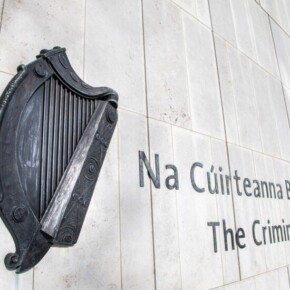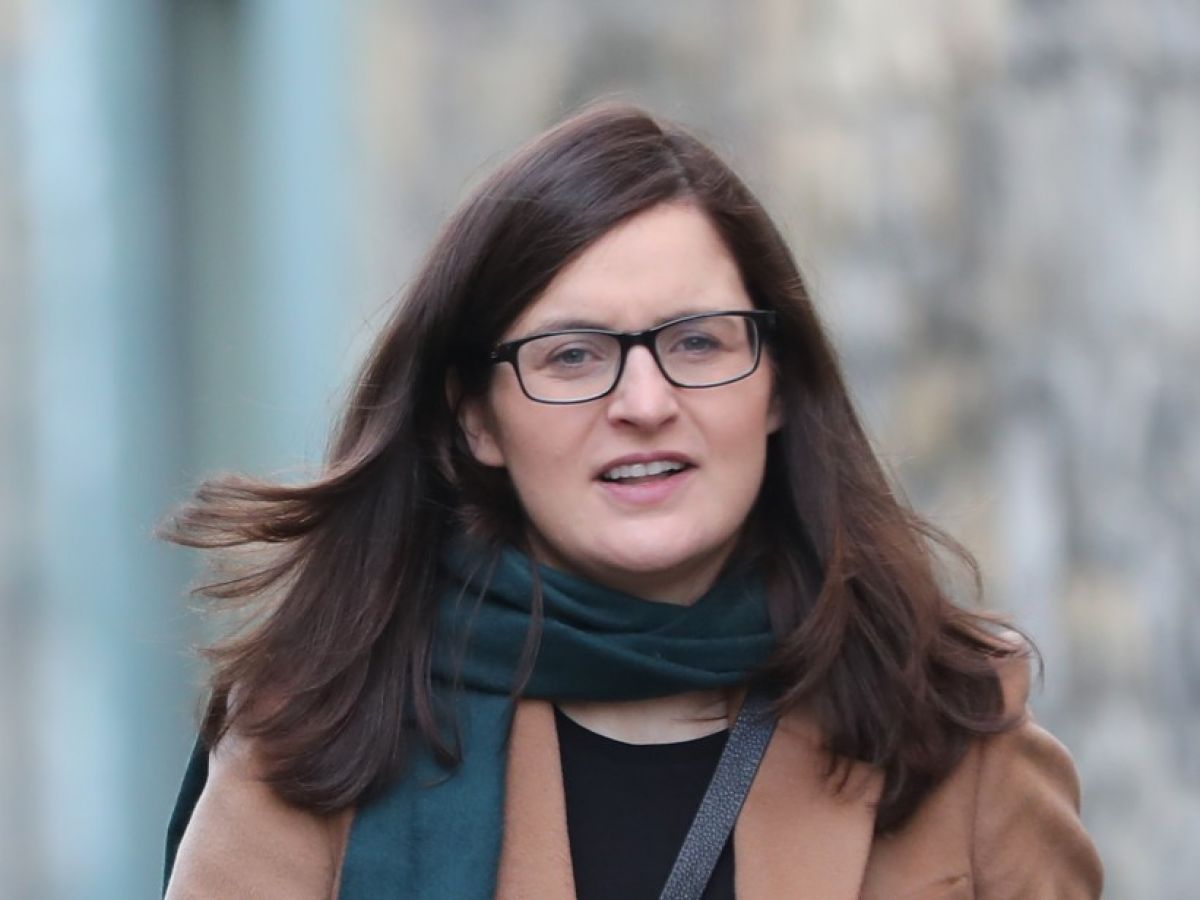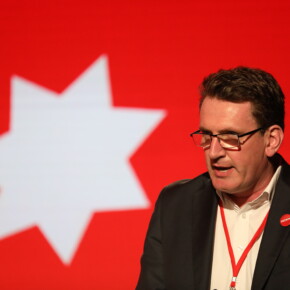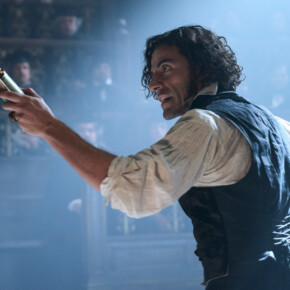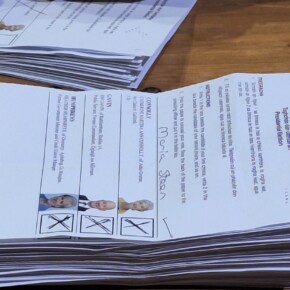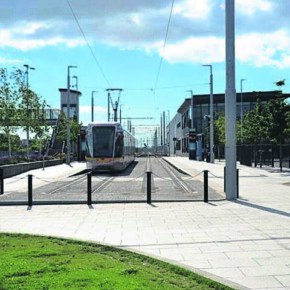Bowled over!
Dublin People 03 Nov 2012IT CAN be said the modern game of bowls started at the end of the 19th century, but for hundreds of years before that Dublin citizens played the game on public and private greens.
The Marlborough Street gardens, which have been traced back to the 12th century, developed gradually from a bowling green into a pleasure garden.
The Hibernian Journal of October 15, 1703 revealed:
“The new Bowling Green in Gt Marlborough Street has also a handsome house with two Billiard tables, Card House with Card tables, and a house to shelter the gentlemen when raining.
?
Later, in 1761 their existence came to an end owing to a row over a woman, which resulted in a duel in which the heir of the Earl of Westmeath was killed.
The oldest Dublin bowling green was on Hoggen Green, of which College Green formed a part. Over three centuries ago the city authorities made an order that:
“Robert Taylor should be allowed to make what profit and benefit he can of the free use and exercise of bowling, and that he shall have charge and care of looking after and overseeing the said unrailed bowling place in Hoggen Green during our pleasure.
?
However, as buildings started springing up over the southern part of the Green and when St Andrew’s Church was demolished in Dame Street, it was decided to re-erect the church on the bowling green of Hoggen Green.
This took place in 1670. There is also a record of a bowling green in Trinity College,
“for the exercise of the students after the fatigues of their studies
?.
There was a bowling green in Chapelizod, run by the Victoria Bowling Club where play was restricted to two days a week, Tuesdays and Fridays, on which days transport for members was provided from Essex Quay to the green at Chapelizod.
In the first part of the 19th century there is no record of any bowls being played. In 1892, a group of influential
“upper class
? gentlemen got together and decided to form a bowling club in Dublin.
This meeting took place at either No 29 or No 30 Kenilworth Square, both the property of Mr Charles Eason, (of Eason’s book stores fame) and the first woods were rolled on the rear lawn.
The founding members appear to have been prosperous businessmen and included several of English and Scottish origins.
This group formed Kenilworth Bowling Club and at that time the club played at Kenilworth Square with the first prizes for competitions two woods, dated 1893 and 1894, both won by a Mr W W Eason in singles play.
Kenilworth Square proved not to be an ideal venue for bowls, as during the winter months the green was used for football and other winter sports. In 1909 a limited company was formed and the directors decided to lease the entire lands at Grosvenor Square and lay a proper green. Then in 1922 they purchased the freehold at a cost of £485.
The original founder member clubs of the Bowling League of Ireland included Kenilworth, Railway Union, Leinster, Blackrock and Clontarf.
Kenilworth Bowling Club is currently recruiting new member. They are located on Grosvenor Square, Rathmines, off Leinster Road. An open day is held every Friday and Sunday from 2pm to 5pm (Please wear flat shoes)
For details tel 01-4972305, mobile 086-2204051.


